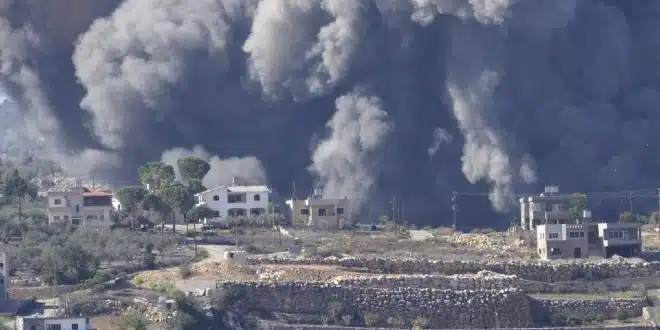Hezbollah launched two suicide drones at the Upper Galilee Regional Council headquarters in Kiryat Shmona as a retaliation for a recent airstrike that resulted in the deaths of a Hezbollah member and two paramedics. This was part of a series of responses by Hezbollah to actions they attributed to Israel, including an earlier announced drone attack on a health facility operated by the Hezbollah-affiliated Islamic Health Committee in Blida, which not only killed personnel but also destroyed the facility and several ambulances.
The Israeli military acknowledged spotting individuals entering a military site in Blida and dispatched jets to target the location. Hezbollah’s actions, including the drone attack on Kiryat Shmona and rocket fire at an Israeli military site, were framed as retaliatory measures against attacks on civilian areas and the incident in Blida.
Additionally, another Israeli drone strike targeted a residential building in Kfar Rumman, close to Nabatiyeh, killing two Hezbollah fighters, one of whom was later identified as a commander with a role in the group’s rocket operations. This led to further rocket attacks by Hezbollah on Israeli military positions.
Tensions heightened with the injury of a Lebanese soldier due to Israeli artillery fire on the border town of al-Wazzani, alongside shelling of other southern towns and an airstrike on Kfarkila. This series of events has raised concerns about the potential for a large-scale conflict similar to the 2006 war between Israel and Hezbollah.
The ongoing violence has resulted in significant casualties on both sides since October, with the majority on the Lebanese side being Hezbollah fighters, alongside civilian casualties. Hezbollah’s leader, Hassan Nasrallah, has issued stern warnings against Israel, promising severe consequences following incidents that led to significant Lebanese civilian casualties, underscoring the volatile situation on the Israel-Lebanon border.


